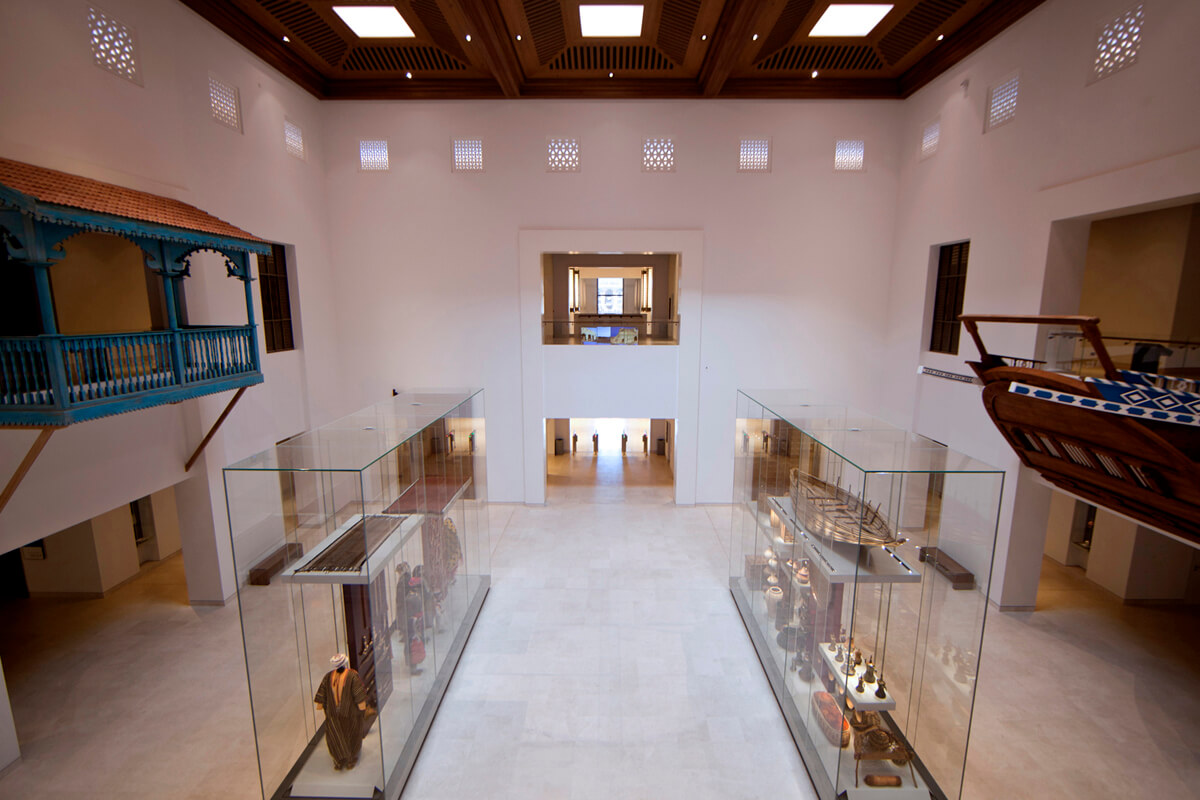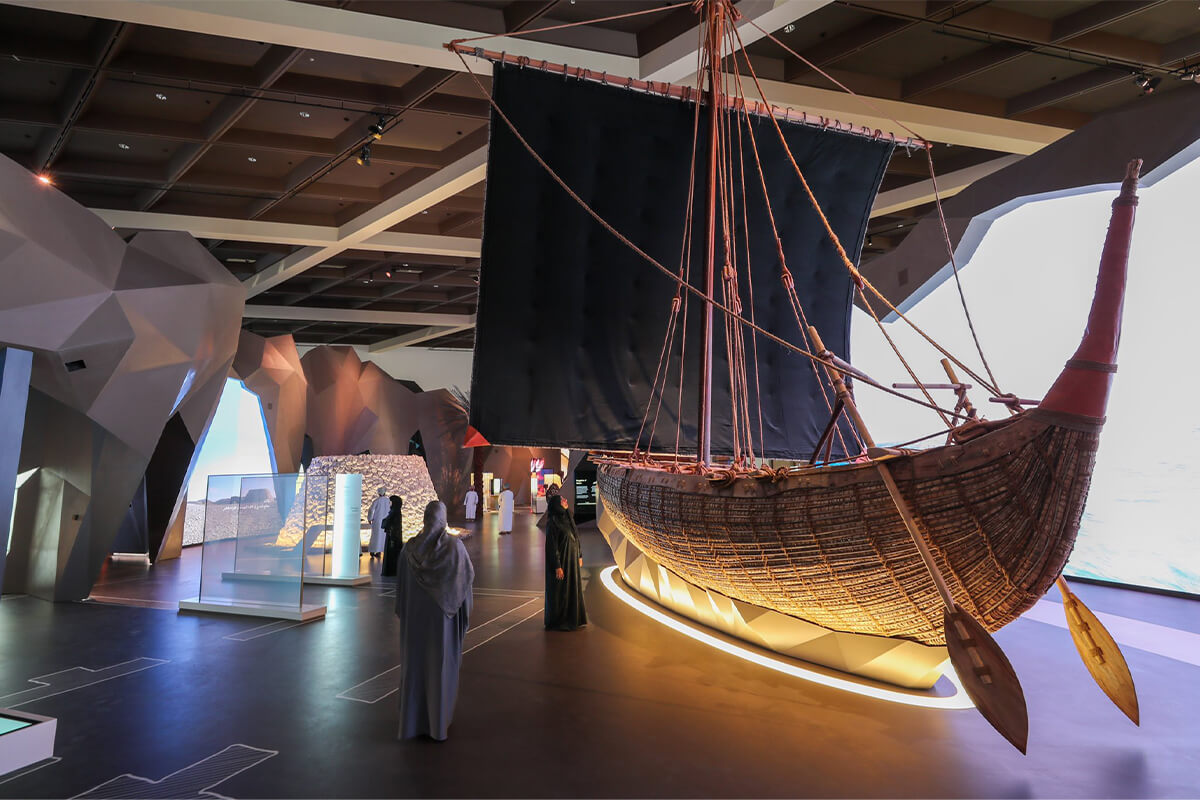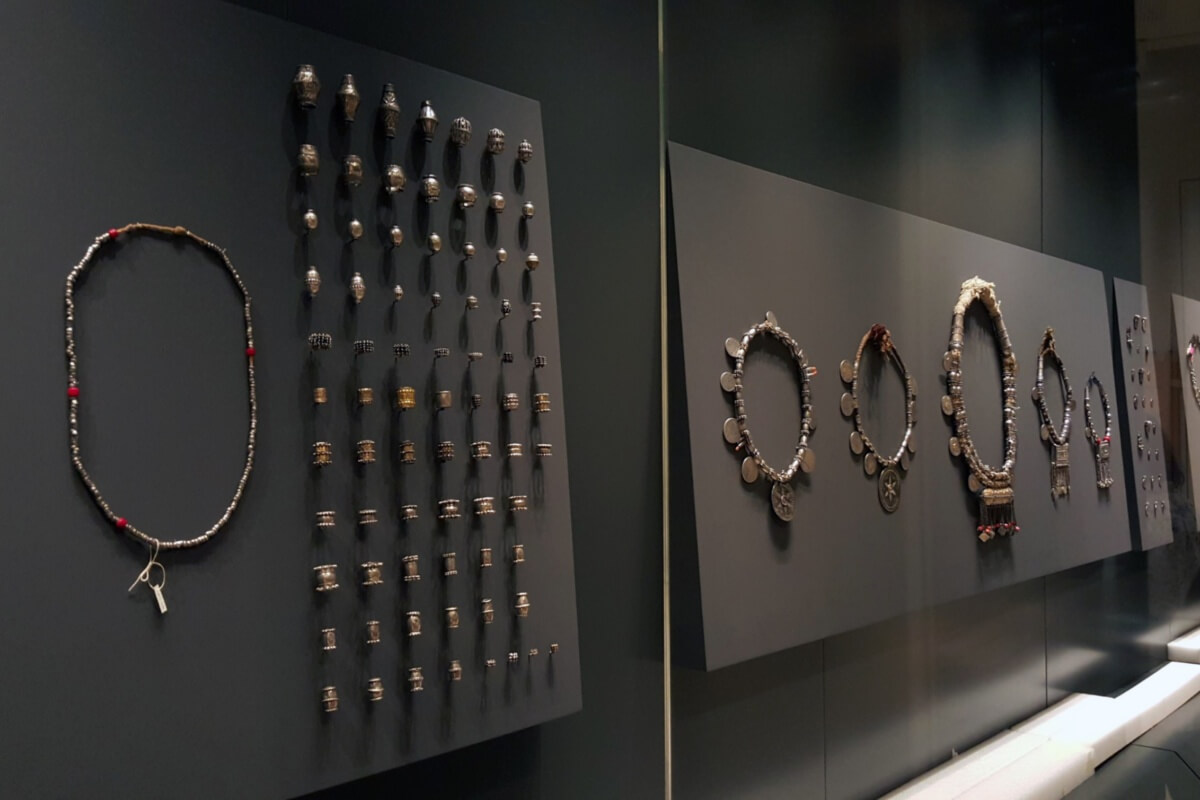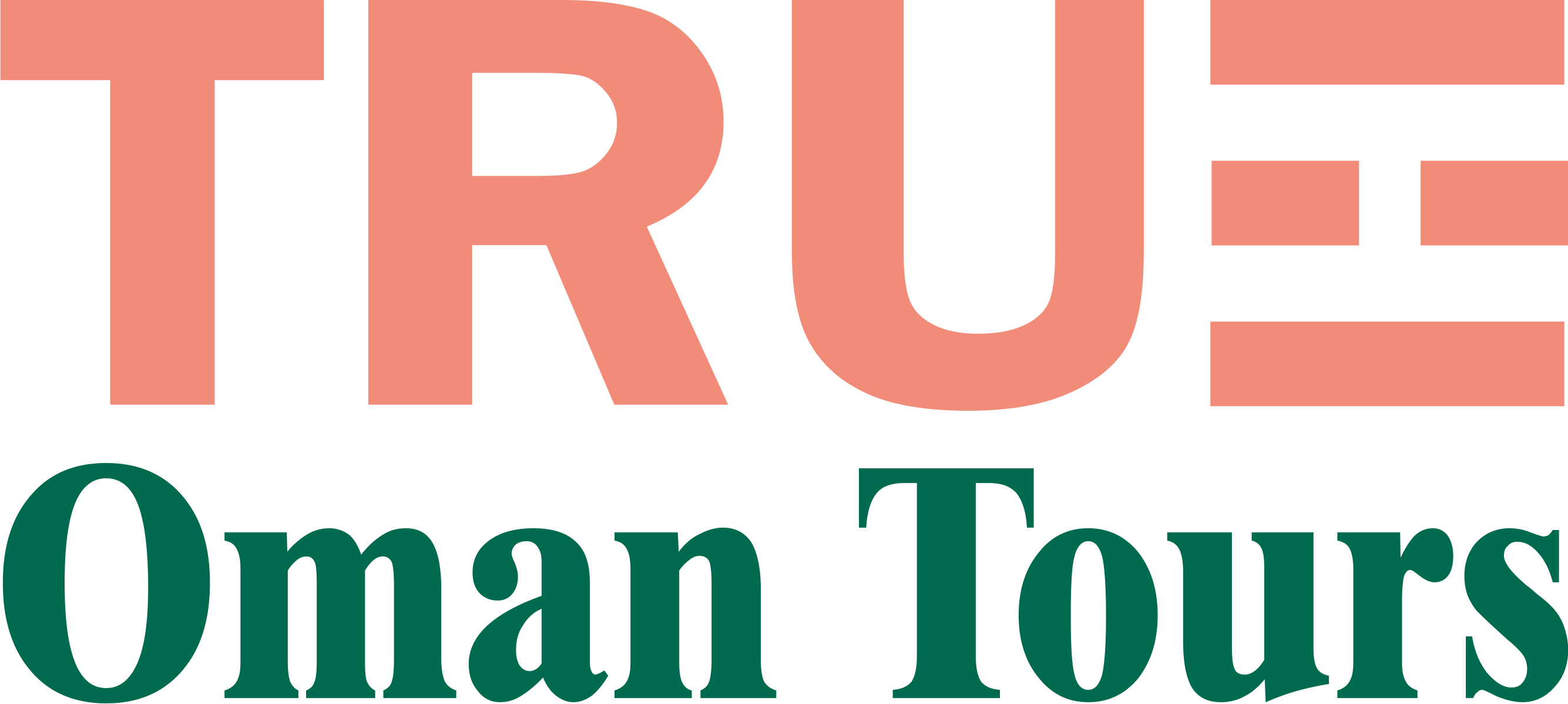National Museum of Oman stands as a grand tribute to the country’s rich and diverse history. Located in the heart of Muscat, this cultural institution offers visitors an immersive journey through Oman’s past, from ancient civilizations to modern developments. With meticulously curated exhibits, stunning artifacts, and interactive displays, the museum breathes life into Oman’s heritage, making it an essential destination for history enthusiasts, cultural explorers, and travelers alike. As part of various Oman tours, visitors can explore the museum and gain a deeper understanding of the nation’s fascinating legacy.
National Museum of Oman – A Symbol of Heritage and Culture
Opened in 2016, National Museum of Oman stands as a beacon of the nation’s rich historical legacy, dedicated to preserving and showcasing Oman’s cultural and historical heritage. The museum is housed in a magnificent building that reflects traditional Omani architecture, seamlessly blending with the historic landscape of Old Muscat. Its location near Al Alam Palace, Muttrah Corniche, and other significant landmarks makes it a cultural gateway for visitors looking to immerse themselves in Oman’s past.
Beyond being a center of historical preservation, the museum also serves as an educational institution, offering visitors an in-depth understanding of Oman’s journey through time. With state-of-the-art facilities, advanced conservation techniques, and engaging multimedia experiences, the museum has become an essential destination for those eager to explore Oman’s heritage. Additionally, it plays a crucial role in international cultural exchange, hosting temporary exhibitions that highlight Oman’s connections with civilizations around the world.
Architectural Beauty of the National Museum of Oman
One of the most striking aspects of National Museum of Oman is its breathtaking architecture, which combines contemporary elegance with traditional Omani aesthetics. The museum’s design incorporates elements that create an immersive and awe-inspiring atmosphere for visitors, including:
- Grand entrance hall, which welcomes guests with a sense of grandeur and historical significance.
- Spacious galleries, thoughtfully designed to highlight Oman’s rich cultural and historical narratives.
- Cutting-edge interactive exhibits, allowing visitors to engage dynamically with Oman’s past.
- Heritage courtyard, reflecting traditional Omani architectural elements and offering a serene space for reflection.
- In-house conservation laboratory, dedicated to restoring and protecting rare artifacts, ensuring that Oman’s history is preserved for future generations.

Exploring the National Museum of Oman’s Exhibits
National Museum of Oman houses an extensive collection of artifacts, spanning thousands of years. The museum is divided into several thematic galleries, each offering a unique perspective on Oman’s past. Some of the most notable sections include:
1. Omani History and Civilization Gallery
This gallery provides an insightful exploration of Oman’s unique geography and how it has shaped the country’s history and culture. Visitors can learn about Oman’s diverse landscapes, its natural ecosystems, and the deep-rooted connection between the Omani people and their environment. Interactive maps and digital reconstructions of ancient settlements offer a captivating way to understand Oman’s historical development over the centuries.
2. Maritime Heritage of Oman
Oman’s deep-rooted maritime tradition is brought to life in this section, which showcases the nation’s legendary seafaring history. Exhibits include:
- Ancient ship models
- Navigational tools used by Omani sailors
- Artifacts from Oman’s role in global trade routes
- A life-sized replica of a traditional Omani dhow, allowing visitors to step aboard and experience Oman’s maritime legacy firsthand.

3. Omani Weapons and Military History
This section delves into Oman’s military history, showcasing an impressive collection of traditional weapons, including:
- Khanjars (Omani daggers)
- Swords and firearms
- Historical accounts of famous Omani warriors
- Battle strategies and the evolution of Oman’s armed forces
4. Omani Currency and Economic Evolution
A deep dive into Oman’s economic history, this exhibit features:
- Ancient coins and currency notes
- Trade-related artifacts
- A section dedicated to the frankincense trade, which played a crucial role in Oman’s economy and international commerce.
5. Ancient Civilizations and Prehistoric Oman
This section takes visitors back to Oman’s prehistoric era, featuring fascinating archaeological finds, such as:
- Stone Age tools
- Remnants of early settlements
- Excavated pottery, jewelry, and tools that reveal the daily lives of early Omanis.
6. Omani Traditions and Intangible Heritage
Oman’s cultural identity extends beyond physical artifacts. This gallery highlights:
- Traditional Omani music, poetry, and storytelling
- Handicrafts and craftsmanship
- Videos showcasing ancient storytelling traditions passed down through generations.

7. Islamic Art and Culture in Oman
Islam has played a pivotal role in shaping Omani society. This section explores:
- The spread of Islam in Oman
- Beautifully preserved manuscripts
- Religious artifacts and architectural models of historic mosques
- A collection of rare Quranic manuscripts, showcasing exquisite calligraphy and Oman’s dedication to religious heritage.
Interactive and Educational Experiences at the National Museum of Oman
National Museum of Oman goes beyond traditional exhibits by offering engaging, interactive experiences that appeal to visitors of all ages. These include:
- Virtual reality experiences that transport visitors to historical Omani landmarks.
- Touchscreen displays providing detailed insights into artifacts and historical events.
- Educational workshops and guided tours for students, researchers, and history enthusiasts.
- Temporary exhibitions that showcase rotating collections and special themes related to Oman’s heritage.
- Live cultural demonstrations, such as traditional Omani weaving, pottery-making, and calligraphy.
Best Time to Visit the National Museum of Oman in Muscat
For the most comfortable experience, it is recommended to visit National Museum of Oman during the cooler months, from October to April. The pleasant weather allows visitors to explore the museum comfortably, as well as nearby attractions in Muscat.
For an even more immersive experience, consider visiting during Omani National Day (November 18) or other cultural celebrations, which provide additional insights into Oman’s vibrant traditions and history.
Why the National Museum of Oman is a Must-Visit Destination
National Museum of Oman is more than just a historical archive; it is a living testament to the country’s heritage, culture, and progress. With meticulously curated exhibits, stunning architecture, and immersive experiences, the museum offers visitors a deeper understanding of Oman’s past and its journey into the future.
Whether you are a history enthusiast, cultural explorer, or a curious traveler, a visit to National Museum of Oman is an unforgettable experience. Step into this extraordinary institution and let Omani history come to life before your eyes.


0 Comment